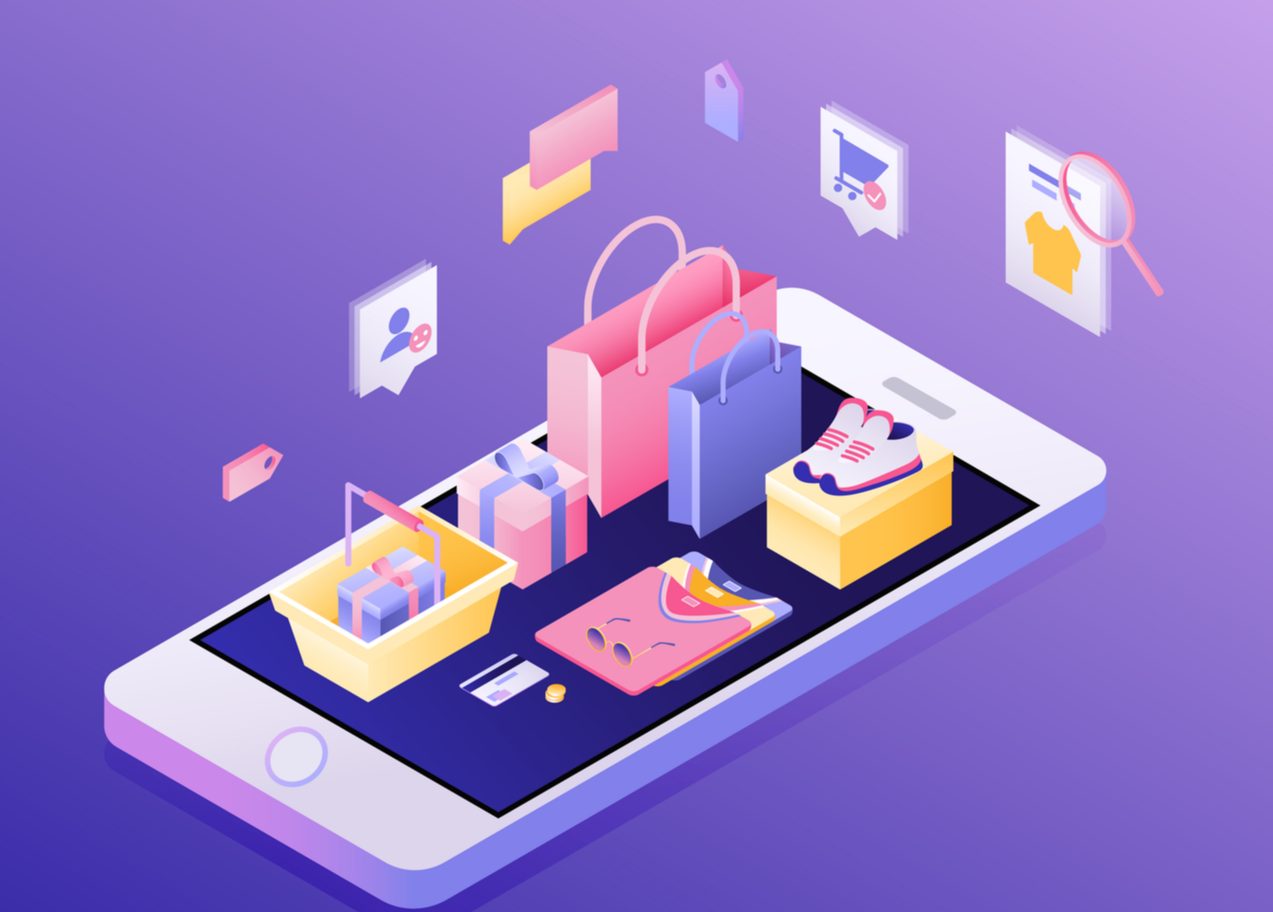“We found that Chinese online luxury consumers change even faster than traditional luxury consumers,” says Federica Marchionni, Secoo Internationa
“We found that Chinese online luxury consumers change even faster than traditional luxury consumers,” says Federica Marchionni, Secoo International CEO and Group CSO, who before joining Secoo, worked at such prestigious brands as Samsung, Dolce and Gabbana, and Ferrari. “To better serve brands and customers, Secoo is strategically shifting its focus to direct collaborations with international brands.”
Given this, the Chinese luxury e-commerce platform that was founded in 2008 has released a luxury white paper — Digital Marketing Guidebook for Online Luxury Purchasers — on Chinese luxury consumers’ purchasing habits. Their key insights are surprising.
Mainstream vs. niche brands. Key factors that make them appealing to Chinese customers
“Mainstream brands appeal in general for their status. Niche brands appeal more for their creativity. Profiling the right target audiences will be the key for brands to appeal Chinese customers,” says Marchionni. “Secoo classified high-end customers into four groups, ‘new middle class’ and ‘new rich’ have more interest in traditional mainstream luxury brands; in comparison, ‘delicate piggy girls’ and ‘trendy cool men’ prefer to purchase products and services with uniqueness and exclusivity.”
Four Profiles of Online Luxury Buyers
Delicate piggy girls: Buying luxury is the best way to please themselves
This group, 100 percent women, represents the trend that first-time buyers of luxury goods online are becoming younger, and — a bit surprisingly — 20 percent of them come from lower-tier cities. They’re into everything luxury, and usually purchase only after doing a great deal of research; however, their buying habits vary significantly depending on the product category. For example, on Secoo, they mainly purchase makeup, fragrances, and bags, while still buying far more expensive luxury items at brick-and-mortar stores. The demand for buying expensive luxury items online has not yet gained traction among this group and still needs to be cultivated.
Trendy cool men: Interest comes first, and price doesn’t matter
This group is 100 percent men, primarily single, and a high proportion of them are buyers of expensive goods, though they are just starting to buy goods online. They put their interest first, and the luxury categories they are interested in are highly concentrated, including menswear as well as sports shoes. They like reading but they don’t share their passions on social media, and they tend to be interested in technology, military, and international news. Word-of-mouth marketing could be more effective for this target group.
New middle class: They demonstrate their status/taste with specific luxury goods
A majority of this group are men who usually buy luxury goods online and have developed a more reserved luxury-buying pattern. They purchase clothing, shoes, and high-end household items. They’re well connected, but not too socially active as they prefer to focus on work and family. They also love reading inspirational books and listening to classic music.
New rich: They buy luxury goods like everyday necessities
This group consists of more women than men. They are older than the previous groups and major buyers of luxury goods online. Given their status, they are extremely influential in driving up sales, and they shop on Secoo like in a grocery store — buying expensive products like everyday necessities. They are career focused and they buy products in every category available.
Upcoming & Unexpected Trends
Secoo also highlights three interesting trends from 2018 in Chinese luxury e-commerce that should be taken into serious consideration by brands seeking to increase the number of Chinese customers online.
Young becomes younger
While not a new trend, young consumers continue to play a key role in online luxury shopping. In 2017, the percentage of Chinese online shoppers under the age of 30 was 48 percent. By 2018, this percentage had increased to 58 percent.
Gaming is the top the hobby
This is a surprise to many — in 2017, gaming did not even rank among the top 10 hobbies. By 2018, however, it moved up to the top spot, with Internet and mobile games leading the trend. We’re also starting to see some luxury and beauty brands partnering with popular games and characters in early 2019.
Not everyone loves the young celebrities
We saw many luxury brands work with young celebrities in 2018 to drive solid traffic for various brands. However, when we look into the consumers who purchased luxury products, the celebrities were not among their favorites. In fact, only about one-third of overall luxury purchasers followed these celebrities, and they mainly purchased luxury makeup and skincare items. It was unexpected to see that celebrities only work well in influencing purchasing habits of the youngest demographics, especially in the beauty industry, but also that the core of luxury purchasers are not impacted by brands’ product placements.
jingdaily.com


